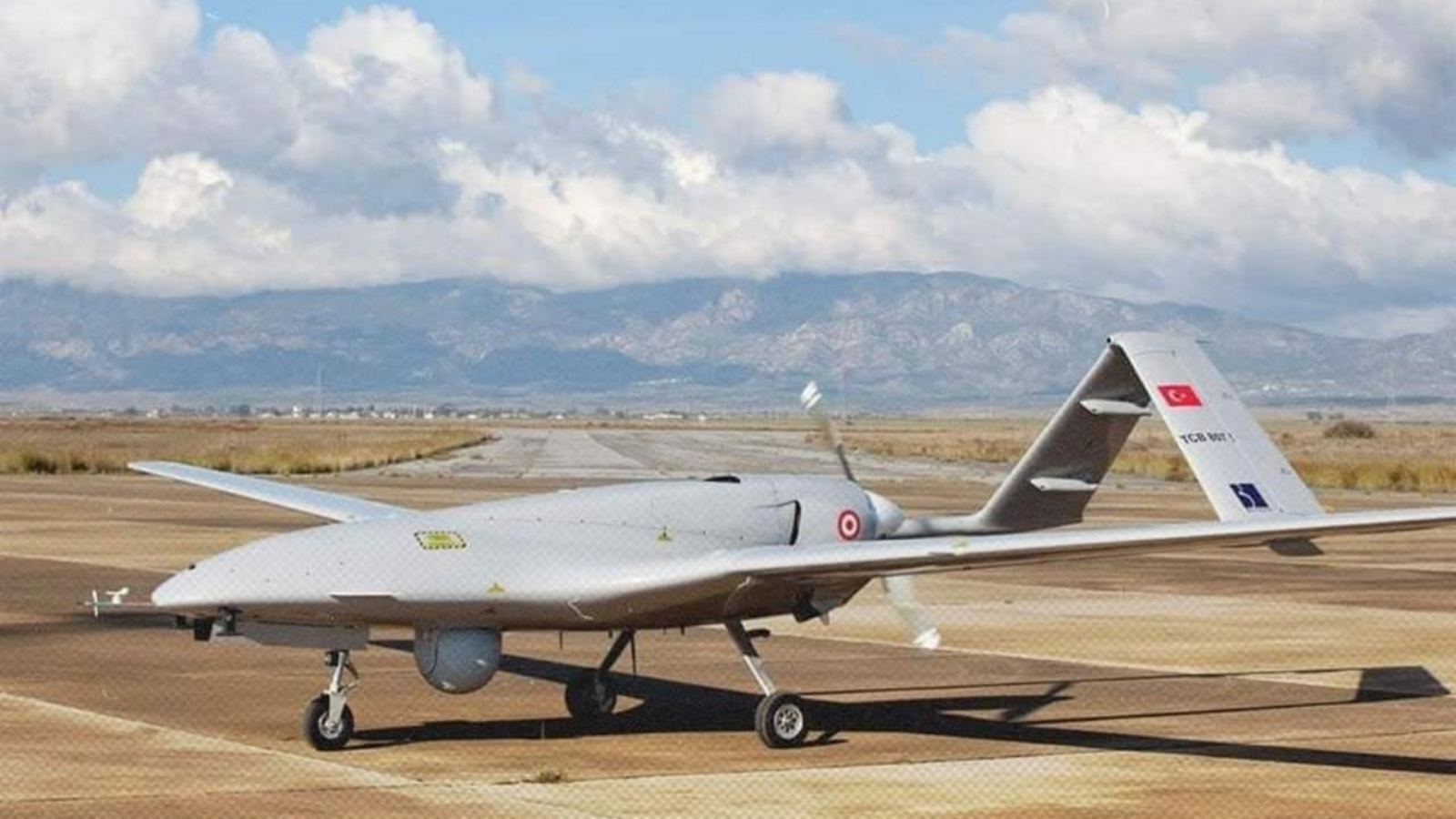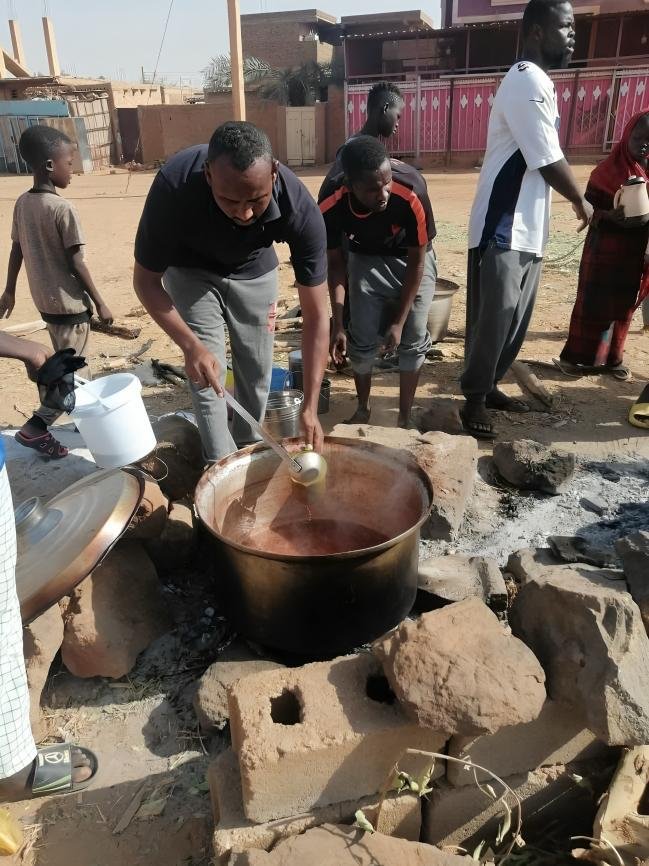Report: STP
Introduction:
The war in Sudan is witnessing significant military developments that could reshape and prolong the conflict, which began on April 15, 2023. Reports confirm that the Sudanese army has acquired advanced reinforcements, including state-of-the-art Bayraktar drones. This development comes amidst ongoing field escalations between the army and the Rapid Support Forces (RSF), with the war increasingly relying on modern technology and advanced weaponry to secure strategic positions.
In this context, questions arise about how these Turkish drones, known as “Bayraktars,” made their way into Sudan and their potential role in shifting the dynamics of the 19-month-long conflict.
How Did the Drones Arrive?
Security sources have confirmed that the Sudanese army received Bayraktar drones, renowned Turkish-made unmanned aerial vehicles (UAVs). The sources clarified that the drones were not directly delivered from Turkey but rather via a third party that acted as a “phantom buyer,” receiving the drones and transferring them to Sudan.
The sources indicated that this third party is an African country located in the western part of the continent. A source close to security and military circles in Port Sudan stated that this country is Mali, whose president, Colonel Assimi Goïta, came to power following a military coup that overthrew the civilian government in May 2021. President Goïta reportedly maintains a strong relationship with Sudan’s army chief, General Abdel Fattah al-Burhan, who also led a coup against Sudan’s civilian government just five months after Mali’s, in October 2021.
It is worth noting that the defense ministries of Sudan and Mali signed memorandums of understanding last June to enhance military and security cooperation between the two nations.
Number of Bayraktars and Their Operational Status:
Multiple informed sources have confirmed that the Sudanese army has received a single system of Bayraktar TB2 drones, an advanced and highly regarded model in the world of unmanned aerial vehicles. Each Bayraktar TB2 system consists of six drones.
Sources with knowledge of army affairs in Port Sudan stated that the drones are expected to become fully operational by mid-month. While a military source reported that two of the six drones are already in service, a military expert cast doubt on this claim, predicting that the entire system will be activated simultaneously in the coming days.
Regarding the delay in deploying the drones despite their arrival, the military expert explained that operating such advanced systems requires essential ground preparations. These include building ground control stations, with each system requiring two stations, as well as additional data support stations for communication with the drones. Furthermore, logistical support and maintenance equipment are necessary to ensure operational readiness.
Iranian Drones Before Turkish Ones:
Before acquiring Turkish Bayraktar drones, the Sudanese army relied on two types of Iranian-made drones in its fight against the Rapid Support Forces (RSF). The first type is the Mohajer-6, an advanced drone produced by the Iranian Aircraft Manufacturing Industrial Company (IAIO), which operates under the Iranian Ministry of Defense. The second type is the Ababil-3, another Iranian-made drone equipped with advanced day and night imaging systems. These drones were primarily used for surveillance and reconnaissance missions but were occasionally deployed for light combat strikes.
According to Wim Zwijnenburg, a drone expert and head of the Humanitarian Disarmament Program at Pax for Peace, a Dutch peace organization, the use of these drones highlights active Iranian support for the Sudanese army. Speaking to the BBC, he pointed out that these drones are equipped with guided munitions not manufactured in Sudan and noted Iran’s provision of maintenance facilities for these drones as further evidence of their involvement.
Who Pays the Price?:
The arrival of such advanced and lethal weaponry not only poses a serious threat to civilian lives but also significantly increases the likelihood of prolonging a war now entering its second year. The conflict has already resulted in tens of thousands of deaths and injuries, the displacement of 11 million people (equivalent to 2.1 million families) within Sudan under dire living conditions, and the forced migration of 3 million Sudanese to neighboring countries. Most of these refugees endure harsh humanitarian conditions and are subjected to various forms of abuse.
According to UN reports, approximately 25.6 million people more than half of Sudan’s population are at risk of severe hunger, including over 1.5 million on the brink of famine. This underscores the devastating reality that any attempt to extend the duration of the war will only magnify the destruction and exacerbate what is already considered one of the world’s most severe humanitarian crises.
Conclusion:
The entry of Turkish Bayraktar drones into the battlefield in Sudan marks a significant turning point in the dynamics of the conflict. With indiscriminate airstrikes targeting civilian areas and the immense destructive capabilities offered by these drones, Sudan appears to be heading into a more challenging phase of the war, with increased military complexity and escalating human casualties.
This military escalation brings nothing but additional catastrophes for civilians. The use of advanced combat technology in an internal conflict exacerbates the suffering of the population, who bear the brunt of infrastructure destruction, loss of life, hunger, disease, and mass displacement.
The continued influx of advanced weaponry, whether from Turkey, Iran, or other sources, highlights regional and international involvement in Sudan’s war, risking its transformation into a prolonged conflict with no foreseeable resolution.
The critical question remains: How long will this war persist, and to what extent will civilians continue to bear its devastating cost? Answering this question places a pressing ethical and humanitarian responsibility on the global community to urgently intervene and bring an end to this destructive conflict before it spreads to other parts of the region, becoming an even greater tragedy beyond control.




